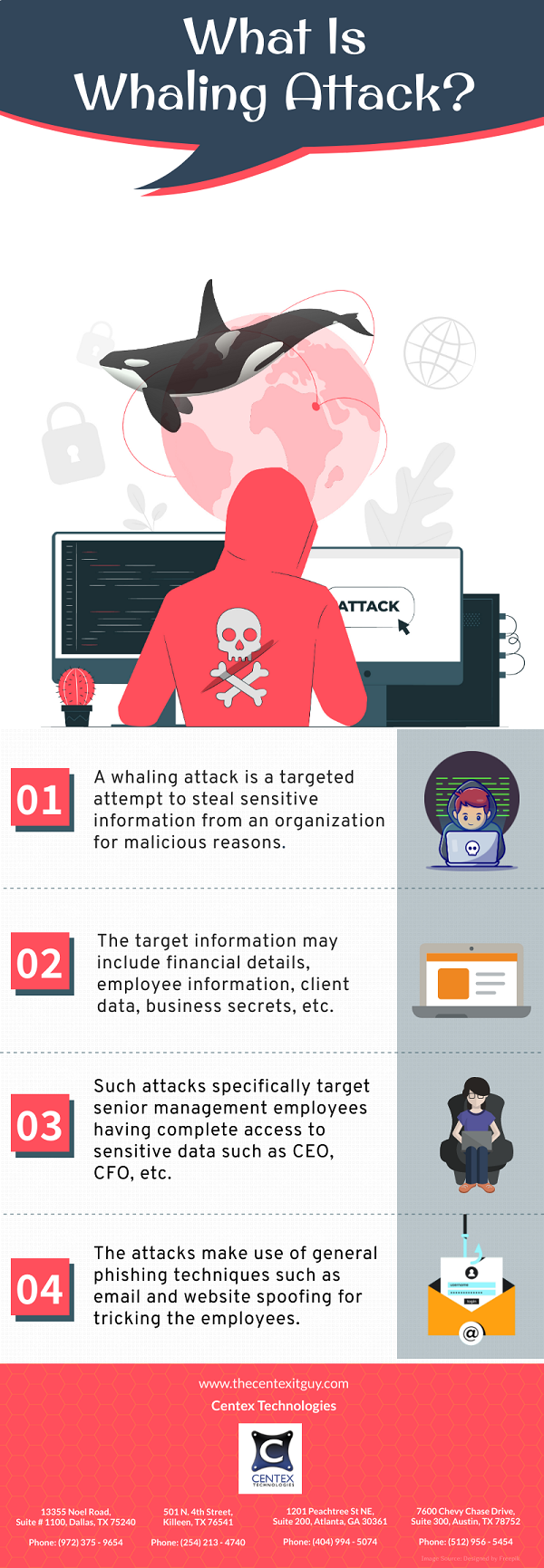Organizations of all sizes are subjected to regular, highly sophisticated phishing attempts. Expecting IT and security teams to identify and combat all phishing attacks solely through technology is impractical. Phishing can take many forms, but it is essentially any email attack that is aimed to get the recipient to take a specific action. Phishing emails are now being meticulously researched and concocted to target specific receivers. So, how can you raise awareness about it and train your team to recognize a phishing email?
Phishing emails frequently include a variety of red flags that, if detected by the receiver, can prevent the attack from succeeding. A few red flags as mentioned below suggest the authenticity of any email: –
- Addressing, greeting, and context of the email: When reading a phishing mail, the first thing that generally raises suspicion is the words, tone, and figure of speech. In most of the mails, someone impersonating as a coworker may suddenly becomes overly familiar, or a family member may become a little more professional.
- Unfamiliar looking email ids, URIs: Looking for suspicious email ids, URIs (Uniform Resource Identifiers), and domain names is another simple approach to spot a potential phishing scam. It’s recommended to double-check the originating email ids against previous similar correspondence done. If the email contains a link, hover the pointer over the link to see what pops up. Don’t click if the domain names don’t match the links.
- Threats or high level of importance: Any email that threatens unpleasant repercussions should be viewed with caution. Another strategy used by criminals is to convey a sense of urgency to encourage, or even demand, urgent action from the receiver in order to confuse them. The fraudster expects that by reading the email quickly, the content will not be thoroughly reviewed, allowing additional phishing-related irregularities to go undetected.
- Attachments are the root cause of all evils: Be wary of emails with attachment(s) from an unknown sender. When the recipient did not request or expect to receive a file from the sender, the attachment should not be opened. If the attached file contains a file extension that you have never heard of, be cautious. You can flag it for an anti-virus scan before opening it.
- Irrelevant follow-ups: In a follow up email of some previous correspondence, if the correspondence requests something unusual, could be a sign of fraudulent communication. For example, if an email purports to be from the IT team and requests you to install a program or click a link to patch your asset whereas all patching is typically handled centrally. It is a strong indication that you’ve received a phishing email and should not follow the instructions.
- Concise and precise: While many phishing emails will be crammed with information in order to provide a false sense of security, others will be sparse in order to capitalize on their uncertainty. A scammer may send an email impersonating a familiar connection with some irrelevant text, for example – “Are you up for a profitable business venture with me?” and an attachment “Business Proposal”. These kinds of emails are usually sent to 9 to 6 working professionals who are looking to make side-income apart from their primary profession.
- Recipient didn’t initiate the email thread: As phishing emails are unsolicited, a common red flag is to inform the receiver that he or she has won a reward. The recipient can be lured to qualify for a prize if they reply to the email, or will receive a discount if they click on a link or open an attachment. There is a significant likelihood that the email is questionable if the receiver did not initiate the dialogue by opting in to receive marketing materials or newsletters.
- PII (Personally Identifiable Information) requested: When an attacker creates a false landing page that users are directed to via a link in an official-looking email, often some sort of credentials, payment information, or other personal information is asked.
- Grammatical errors: The use of poor grammar and spelling is another prevalent symptom that raises a red flag. As most firms have the spell check feature turned on in their email client, you’d expect emails from a professional source to be free of errors in language and spelling.
Sifting through the numerous reports to eliminate false positives is difficult and cumbersome. So, how can a business prevent phishing emails and spot phishing attacks? One strategy is to give priority to notifications from individuals who have a history of correctly recognizing phishing messages. These prioritized reports from employees help the SOC (Security Operations Center) team quickly respond to possible phishing attempts. This reduces the risk to individuals and business partners who could fall prey to such phishing campaigns.
To know more about various cyber-attacks and methods to prevent them, contact Centex Technologies at (254) 213 – 4740.

